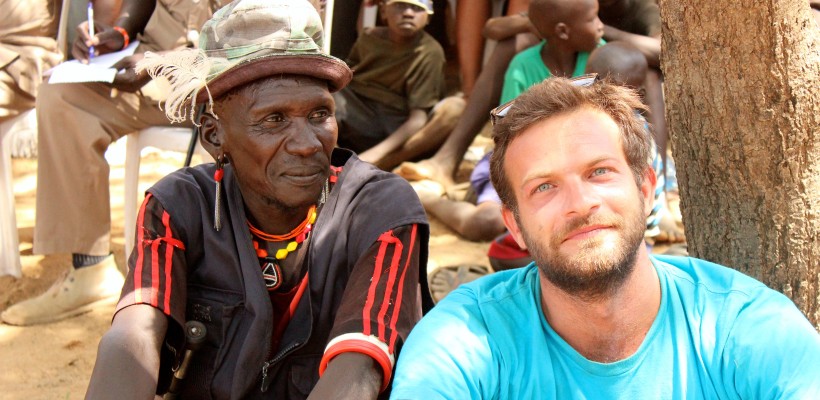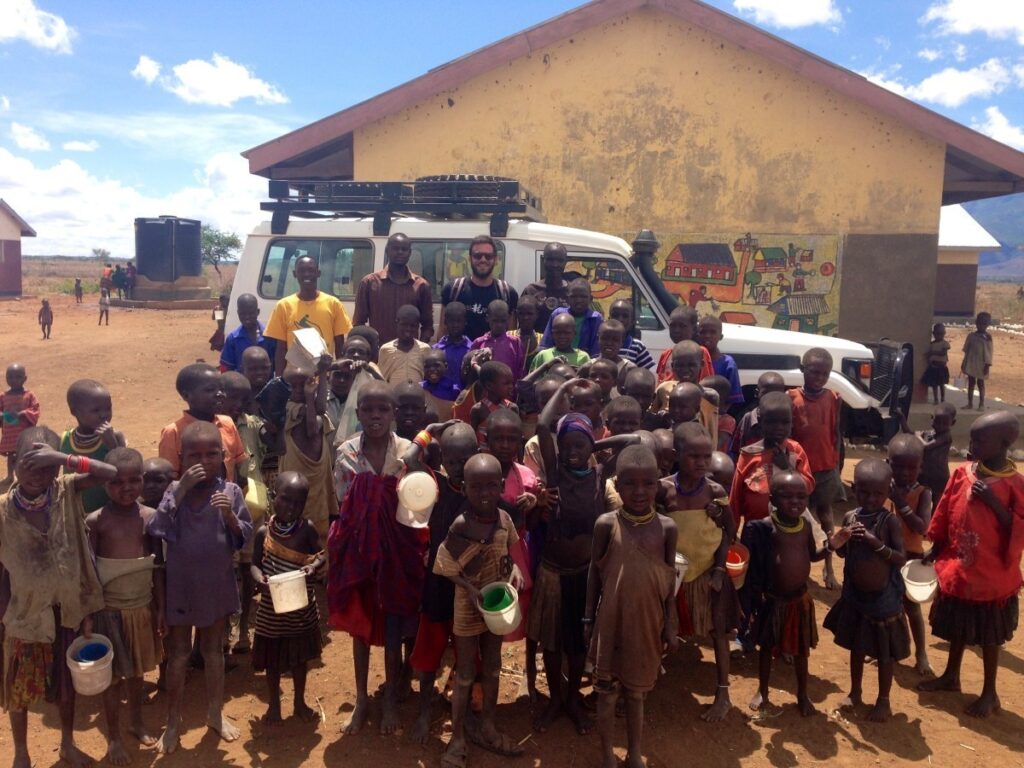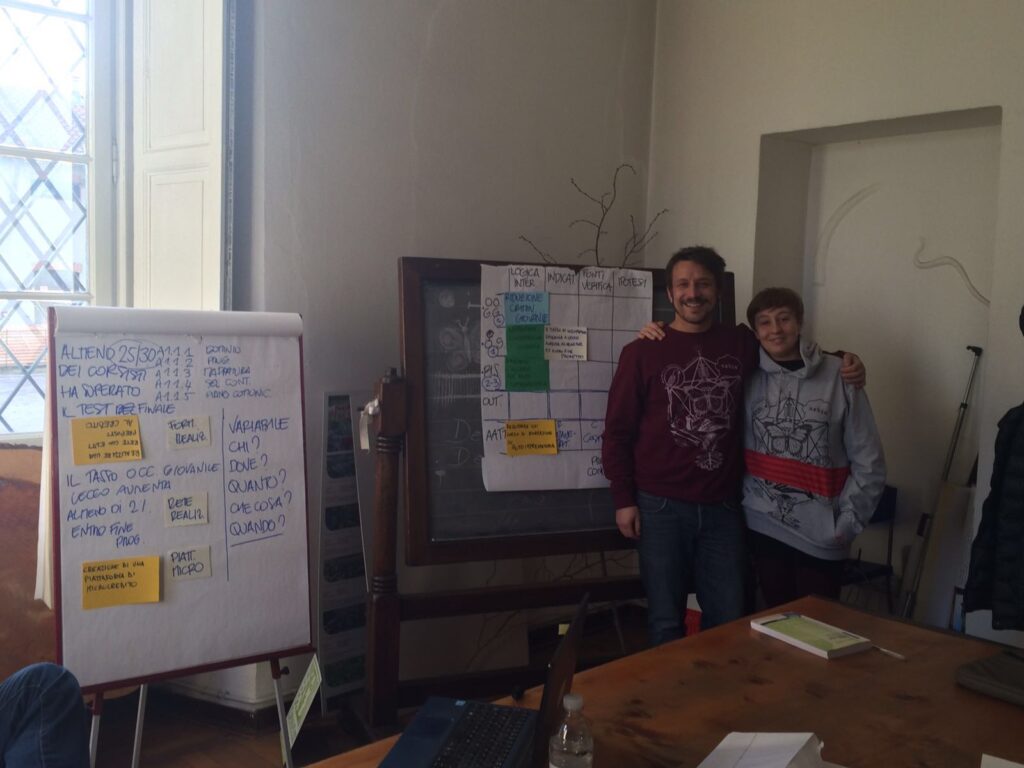Cinzia D’Intino, PMC Master – Project Management for International Cooperation Coordinator, former Project Manager in Tanzania, Zambia and Lebanon for the NGOs:
During my experience as a Project Manager, carried out in Africa during the last years (before I started working in the Didactic department for the Social Change School in 2016!) I found the need to answer a question:
How can the project be self-sustainable once that the funds are terminated (‘exit strategy’)?
Bearing in mind the community that will enjoy the generated benefits, that does not have to be seen as simple goods and services beneficiary, but instead as an integrated part of the project cycle.
It is with great pleasure, that I explain the story behind the didactic project for children, in which I was involved in for 2 years in Tanzania, right on these two important aspects: sustainability and community engagement.
With the “Educational development project in the scholastic setting in the village of IKONDO-TANZANIA 2011” we set up and financed 5 nurseries, attended by about 300 children of the village.
The –Long-distance Support– project was financing 10 teachers and headmaster’s salaries, their training and updating courses, the didactic material and the maintenance expenses of the structures.
We encouraged the community to actively participate in sustaining and managing of the nurseries: they contributedtheir quota by paying small registration fee; they prepared the breakfast while we provided the raw materials and they also took turns in doing cleaning and maintance when its was needed. The parents took part in meetings with the nurseries committee, where different problems or future prospective for the same nurseries were discussed.
The community was very commited, as they had wanted the much needed nurseries (there weren’t other nurseries in the village) and they wanted this one to work properly! They actively participated; expected commitment and respect. After a couple of years from the realization of the nurseries, the community felt a sense of ownership.
How can we formalize that feeling of “ownership” to make a real transition between the delivery from the NGO to the community, completing a path, realizing the exit strategy and reaching the full sustainability of the nurseries?
Through its engagement, we thought that placing side by side, the nurseries and an income generating activity to sustain them, would also have a concrete utility for the village, with low management and maintaince costs.
Moreover, we verified that, the wind mills for the preparation of the white cornmeal mush, the main element of the Tanzanian diet, were already in the village, but not in that specific area, and also difficult to reach by foot, especially if carrying sacks full of corn. The question was then right and the idea could work!
That is how the idea of the “kiwanda cha kusaga mahindi” was born, in the area of Idyadya, a Windmill for the production of corn flour.
We prepared a business plan and engaged the nurseries committee to launch a new entrepreneurial activity (a ‘social business’ as it would be defined today). We asked the families of the area of the kids that were attending the nurseries, to make use of that windmill, we established work schedules with the other wind mills of the village, so as not to cause competition. We publicised the novelty by going around in the area with the car and using a megaphone, presenting it for what it was: a service for the community, the source of support for the nurseries, the symbol of sustainability and autonomy something that the local people had yearned for and that they strongly felt as a part of their community.
Today the nurseries are still active, thanks to the wind mill, and with no more need of external funding. Financing education with the cornmeal mush…Would you believe it?
A victory to the community, and I confess, a big personal satisfaction!




